The Constellation Project: Orbits of Carmen de Lavallade
American Ballet Theatre’s The Four Marys and Carmen de Lavallade
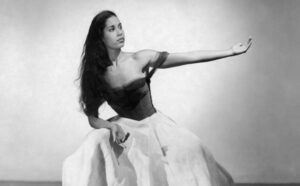 Carmen de Lavallade served as one of the dancers in the 1964-1965 American Ballet Theatre production of The Four Marys, with music by Trude Rittman and choreography by Agnes de Mille. In The Four Marys, she played the role of Mary Hamilton, one of the “Four Marys,” the maids of the young woman played by Judith Taylor. The young woman’s suitor falls in love with Mary Hamilton, the most beautiful of the Young Woman’s maids, and their affair produces a child. After the child is born, Hamilton drowns it and is hanged for murder, and the suitor faces no consequence.
Carmen de Lavallade served as one of the dancers in the 1964-1965 American Ballet Theatre production of The Four Marys, with music by Trude Rittman and choreography by Agnes de Mille. In The Four Marys, she played the role of Mary Hamilton, one of the “Four Marys,” the maids of the young woman played by Judith Taylor. The young woman’s suitor falls in love with Mary Hamilton, the most beautiful of the Young Woman’s maids, and their affair produces a child. After the child is born, Hamilton drowns it and is hanged for murder, and the suitor faces no consequence.
Carmen de Lavallade and Lester Horton
Arthur Mitchell and Carmen de Lavallade

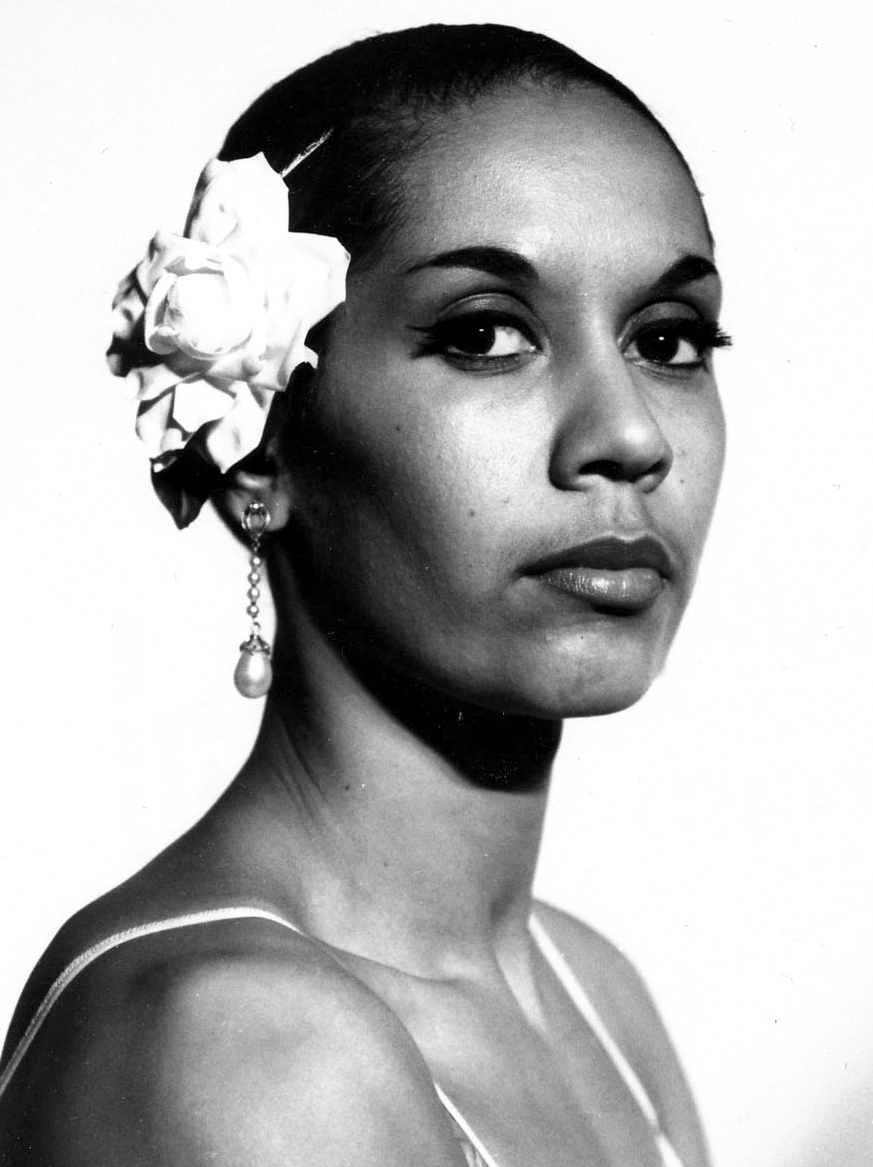
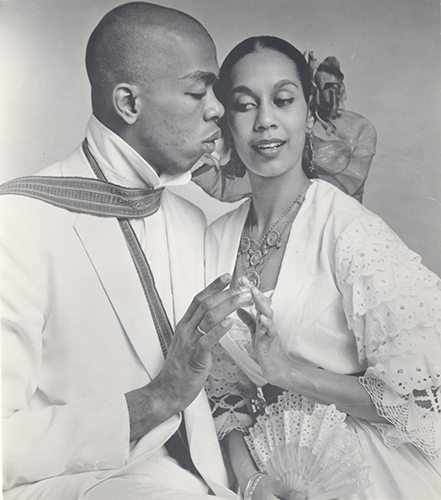
After de Lavallade began her successful career in choreography, she created Sensemaya for the Dance Theatre of Harlem in 1979. The original cast of the piece, which premiered at City Center in February of that year, included China (Melva) Murray White and Karen Brown. The ballet gathers inspiration from a Mayan creation myth.
DTH’s 2018 spring season opening, which commemorated the 50th anniversary of Dr. Martin Luther King, Jr.’s assassination, honored artistic director Virginia Johnson as well as de Lavallade. That season, the company performed de Lavallade’s staging of DTH’s signature piece Dougla, which was choreographed by her husband Geoffrey Holder.
Sources:Dance Theatre of Harlem’s Repertory List, Columbia University Libraries
Carmen de Lavallade Joins the Dance Theater of Harlem for its 50th Anniversary, WNYC
Watch Carmen de Lavallade and Whoopi Goldberg Discuss the Importance of the Arts, Dance Teacher
Return of the Dance Theater of Harlem, New York Times
The First World Festival of Negro Arts, Dakar 1966, edited by David Murphy, page 80
Timeline: Arthur Mitchell’s Performing Career, Columbia University Libraries

Janet Collins and Carmen de Lavallade

Janet Collins was not only a cousin to Carmen de Lavallade, but also her source of inspiration for taking up dance. Carmen de Lavallade described Collins as a great example of someone who never gave up, especially in her pursuit to become a ballet dancer, which was nearly impossible during her time due to the stigma that people of color were not suited for ballet dancing. The presence and command that Collins displayed was what inspired and motivated de Lavallade’s work. De Lavallade also eventually succeeded her cousin Collins as a principal dancer for the Metropolitan Opera.
Sources:
Carmen de Lavallade tells the story of her cousin and “star in the sky,” Janet Collins, PBS: American Masters
Carmen de Lavallade, Kennedy Center

From Ballet to Broadway and Black and Carmen de Lavallade
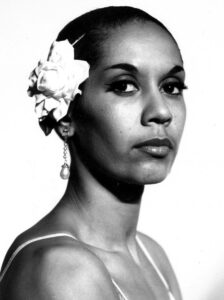 Carmen de Lavallade, born in 1931 and raised in Los Angeles, began pursuing dance like her cousin Janet Collins who was the first African American prima ballerina at the Metropolitan Opera in New York City. In 1945, she began studying ballet with Melissa Blake, and at the age of sixteen, and upon graduation from Thomas Jefferson High School, she was awarded a scholarship to study dance with the renowned Lester Horton.
Carmen de Lavallade, born in 1931 and raised in Los Angeles, began pursuing dance like her cousin Janet Collins who was the first African American prima ballerina at the Metropolitan Opera in New York City. In 1945, she began studying ballet with Melissa Blake, and at the age of sixteen, and upon graduation from Thomas Jefferson High School, she was awarded a scholarship to study dance with the renowned Lester Horton.  Visit:Talley Beatty Orbit in From Ballet to Broadway and Black
Visit:Talley Beatty Orbit in From Ballet to Broadway and Black
In 1949, De Lavallade became a member of the celebrated Lester Horton Dance Theater, where from 1950 to 1954, she enjoyed the status of lead dancer. During this time, De Lavallade continued to study dance, becoming proficient in ballet and other forms of modern and ethnic dance. De Lavallade began studying ballet privately with Italian ballerina Carmelita Maracci and later acting with Stella Adler.
In 1954, De Lavallade made her Broadway debut in House of Flowers, where she met her husband, Geoffrey Holder. That same year, Alvin Ailey, the founder of the Alvin Ailey American Dance Theater, moved to New York City to partner with her in that production.
In 1956, De Lavallade succeeded her cousin Janet Collins as the prima ballerina dancer with the Metropolitan Opera for performances of Samson and Delilah, and Aida. She also made her television debut in John Butler’s ballet Flight, and in 1957, she appeared in the television production of Duke Ellington’s A Drum Is a Woman.
In pursuit of acting, Lena Horne introduced her to the executives at Twentieth Century Fox, and between 1952 and 1955, she appeared in several films, including Carmen Jones with Dorothy Dandridge.
In 1959, she starred in Odds Against Tomorrow with Harry Belafonte, and De Lavallade also appeared in several off-Broadway productions, including Othello and Death of a Salesman. De Lavallade also choreographed for Dance Theatre of Harlem, Philadanco, Alvin Ailey American Dance Theater, and the productions of Porgy and Bess and Die Meistersinger at the Metropolitan Opera and had an extensive acting career performing in numerous off-Broadway productions, including Death of a Salesman and Othello. Later, she taught movement for actors at Yale and became a member of the Yale Repertory Company and the American Repertory Theatre at Harvard.
Sources:
Carmen de Lavallade, The Kennedy Center
Carmen de Lavallade, The History Maker

Ryan Crants
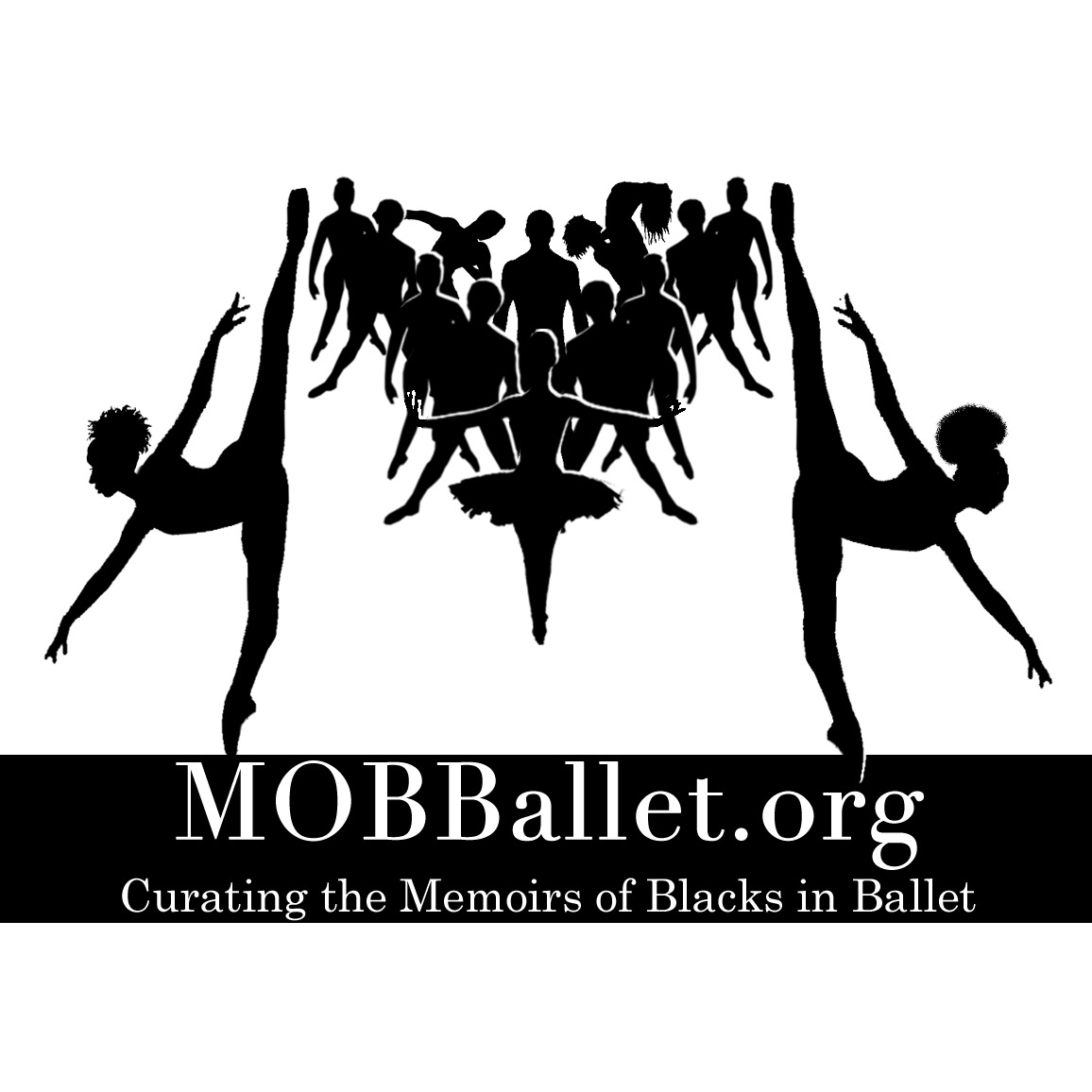
Madeline Crawford

